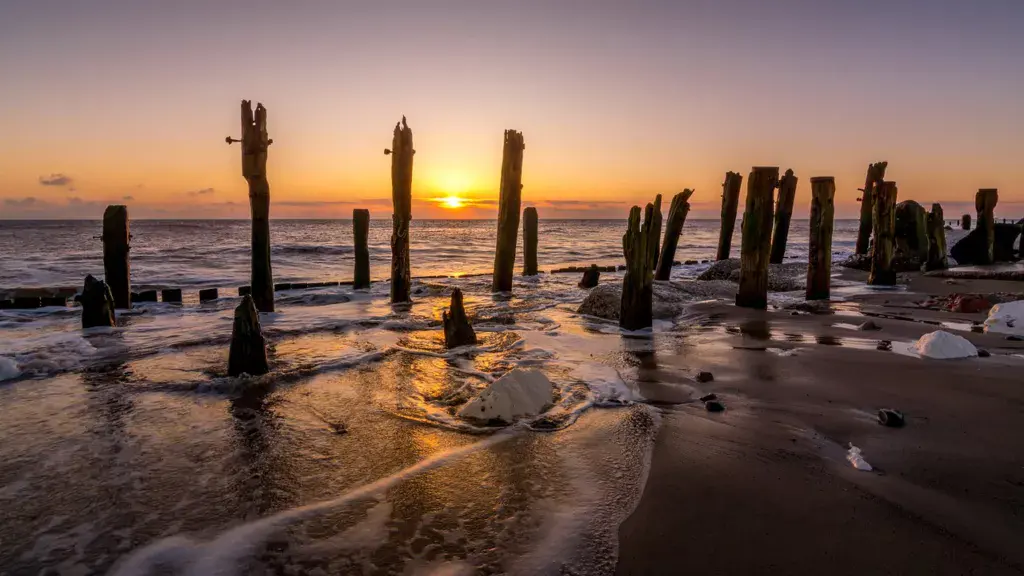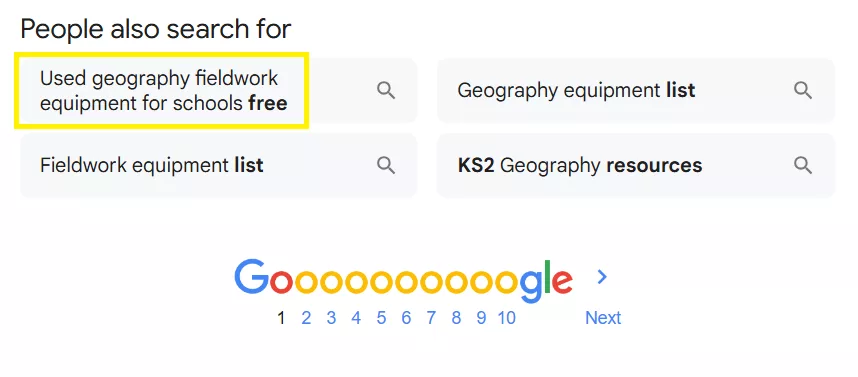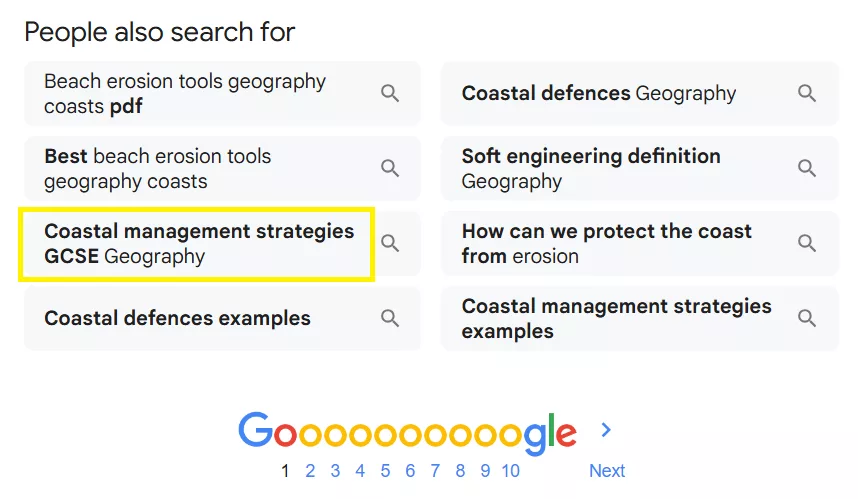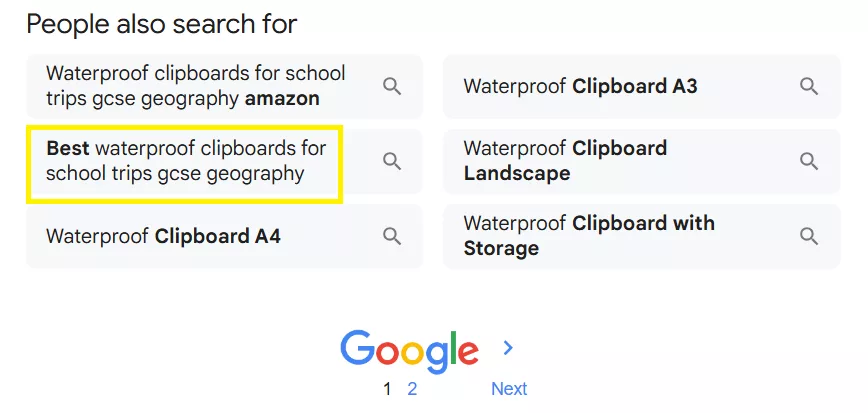✅ Sam’s Big Doubt
My friend Sam is a secondary school geography teacher here in the UK — the type who genuinely loves what he does.
But when he heard me talking about affiliate marketing, he shook his head and laughed:
“How on earth does geography fit into that? What am I gonna do — sell globes to kids?”
At first glance, fair question.
Teachers — especially subject specialists — often feel like affiliate marketing is just for tech gadgets, influencers, or people selling digital courses about making money online.
But as we talked, Sam realised he’s sitting on a goldmine of knowledge — and a real way to help other teachers and students while earning an extra income.
✅ What Sam Loves Most About Teaching
So I asked him: “What parts of teaching geography do you actually love?”
Turns out, Sam’s favourite part is getting students out of the classroom — especially trips to local coastal features like Spurn Point.

They’d just done a field trip there to study coastal erosion, weather conditions, and the impact of human activity on fragile spit landforms.
“They were buzzing about it,” he said. “They measured the beach profile, looked at erosion defences — real-world stuff they’ll actually remember.”
He loves teaching map skills too — reading OS maps, planning routes, using compass bearings.
And all of it ties back to the syllabus.
This turned out to be the spark that showed Sam how his everyday teaching could connect to earning online.
✅ Where the Lightbulb Came On
I said, “Think about it, Sam. Did you pack any special kit for the trip?”
“Of course,” he said. “Clipboards, waterproof notebooks, ranging poles, an anemometer for wind speeds… plus high-vis jackets and tide charts. The usual.”
That was the lightbulb moment.
“Do you realise how many other geography teachers — or even parents doing local study trips — Google exactly what they need for trips like that? If you wrote about what you actually use and why, they’d trust you. And when they buy through your link… you earn.”
✅ Why Teacher-to-Teacher Works Best
Sam quickly saw that teacher-to-teacher recommendations are the strongest starting point.
Why? Teachers trust each other.
They don’t want some random salesperson telling them what kit to buy — they want to know what actually works in the field, in unpredictable UK weather, with 30 kids in tow.
We also talked about how parents and students can be part of it too — resources like local OS maps, reusable field notebooks, or even geography subscription boxes for home learning.
But for Sam, starting with teacher-to-teacher is the most natural first step.
✅ Finding Real Searches (With Proof)
Next, I showed Sam how to check if anyone actually searches for this stuff — instead of just guessing.
We started with Google’s “People Also Ask” (PAA) boxes. Right away, we found real teacher-style questions like:
- “Used geography fieldwork equipment for schools free”
- “Coastal management strategies GCSE Geography”
- “Waterproof clipboards for school trips GCSE Geography”



These are exactly the kinds of phrases other teachers type when they’re planning lessons, budgeting for kit, or prepping fieldwork activities — and they’re the kind of questions big education sites rarely cover in detail.
With these PAA questions plus Wealthy Affiliate’s keyword tool, Sam could see there’s a clear opportunity to write helpful posts, answer these real questions, and recommend the practical kit that actually works.
✅ Turning Real Searches Into Real Posts
Once Sam saw the search terms, the ideas came fast.
He said:
- “For ‘Used geography fieldwork equipment for schools free,’ maybe I could write a guide on finding budget kit or reusing old gear.”
- “For ‘Coastal management strategies GCSE Geography,’ I could break down case studies for Spurn Point.”
- “And for ‘Waterproof clipboards for school trips GCSE Geography,’ I could list the best ones I use on my trips.”
He was on the right track — but I told him, “Sam, this is good — but don’t just write a list. Give people your real-life experiences. That’s what no one else can copy — not even AI.”
I asked, “Have you ever bought kit that turned out useless? Something that failed, and you found a better fix?”
Sam thought for a second — then his eyes lit up.
“Actually, yeah! Last year at Spurn Point, I bought a cheap pack of ‘waterproof clipboards’ from the school supply catalogue. First sign of coastal wind and drizzle — the plastic film peeled right off, the paper was soaked, and the kids ended up scribbling data on soggy maps. Total disaster. The kids were frustrated, the data was a mess — and I was left carrying a bin bag full of shredded plastic that didn’t even survive half a day!”
But Sam didn’t stop there. He tested alternatives and settled on a tougher clipboard with sealed edges and a clip-cover. It’s survived three field trips since — no soggy maps, no frustration.
“That’s perfect!” I told him. “That’s exactly what other teachers want. They’ll have the same headaches — and you’re helping them save time, money, and stress. Plus, you can link straight to the kit you trust now. Take a picture of the old broken ones too — it makes it real.”
So we sketched out a few of Sam’s first blog post ideas:
✅ “Waterproof Clipboards for Coastal Field Trips: What Failed & What Actually Works”
✅ “Essential Budget-Friendly Fieldwork Kit for Schools (Used & New)” — inspired by ‘Used geography fieldwork equipment for schools free’.
✅ “How I Teach Coastal Management Strategies: Real Examples from Spurn Point”
✅ “How to Plan a Safe Geography Field Trip: My Kit List & Lesson Plan”
Each post weaves in his real stories — what went wrong, what works, and why — with affiliate links to the actual products that passed the test.
It’s honest, practical, and exactly what other teachers are looking for.
✅ Why This Actually Works
By the end of our chat, Sam was genuinely excited:
“So basically I’d just share what I already do — what works — and link to where others can get the same gear?”
Exactly.
He’s helping other teachers save time, plan better trips, and deliver great lessons — the same way they swap tips in the staffroom or Facebook groups.
Affiliate marketing just means he can earn a small commission for making those recommendations online.
And here’s the best part: No AI Overview can recreate Sam’s real-life fail stories, lessons learned, or his honest advice. That’s exactly what makes this possible — it’s his life, not just generic info.
✅ Wrap-Up: A Hidden Goldmine for Teachers
Geography is just one example.
Every teacher — whether they teach science, history, PE, or English — already has practical know-how, classroom hacks, and lesson ideas they share with each other.
If you package that knowledge online, write genuinely helpful posts, and use simple affiliate links, you’re doing what teachers naturally do anyway: helping other teachers save time, plan better, and avoid mistakes.
Only now, you’re getting paid for it too.
That’s what I showed Sam:
✅ Start with what you already love and teach.
✅ See exactly what other teachers are searching for.
✅ Use simple tools like Wealthy Affiliate’s keyword research to find those cracks.
✅ Share your personal experiences — the wins, the fails, and the fixes.
Teachers help people for a living — so why not help other teachers and get paid for it?
✅ Ready to Try It?
If you’re a teacher, check out Wealthy Affiliate — it’s the same platform we used to find these ideas, test them, and map out a plan that fits his real teaching life.
Your classroom skills really can pay off outside the classroom too.